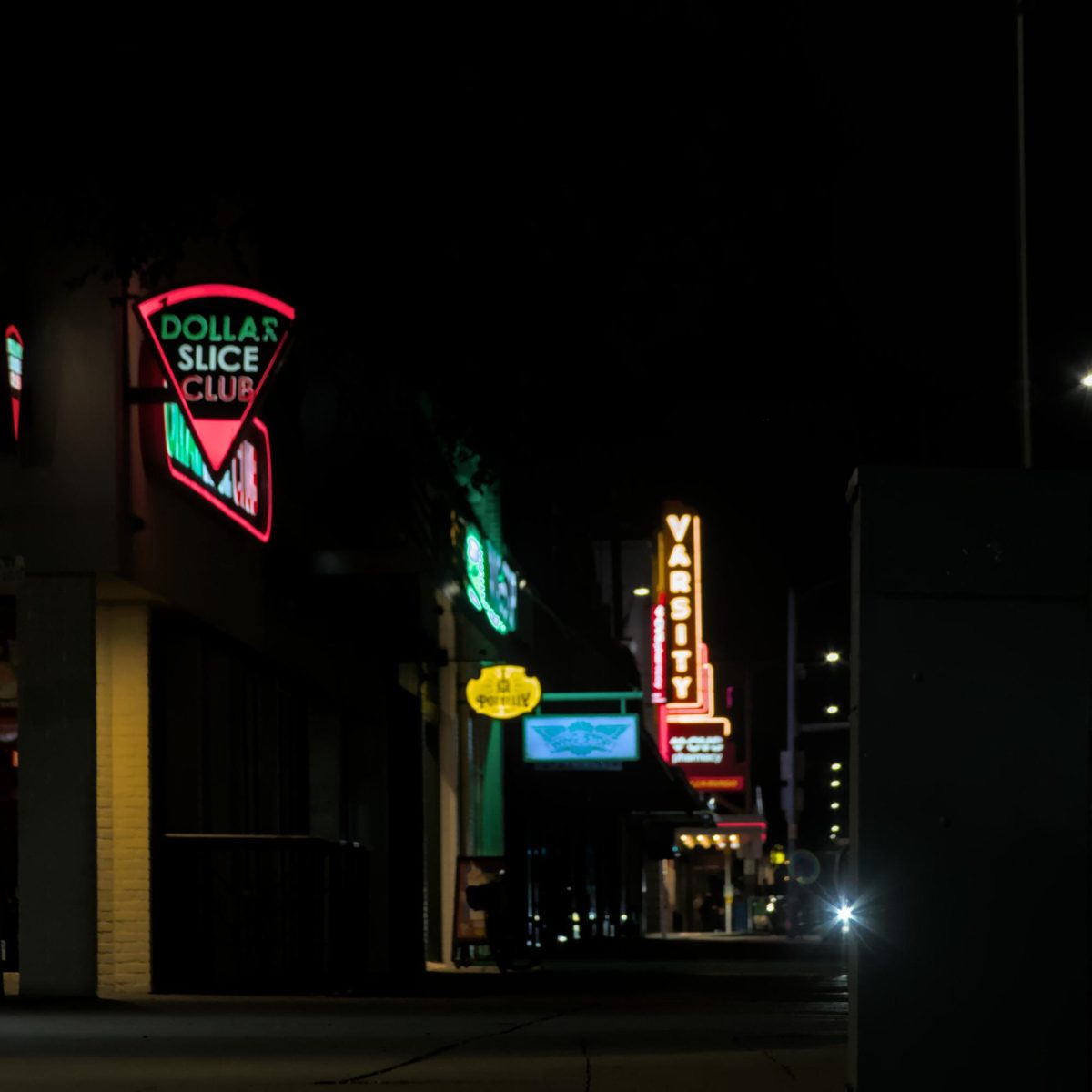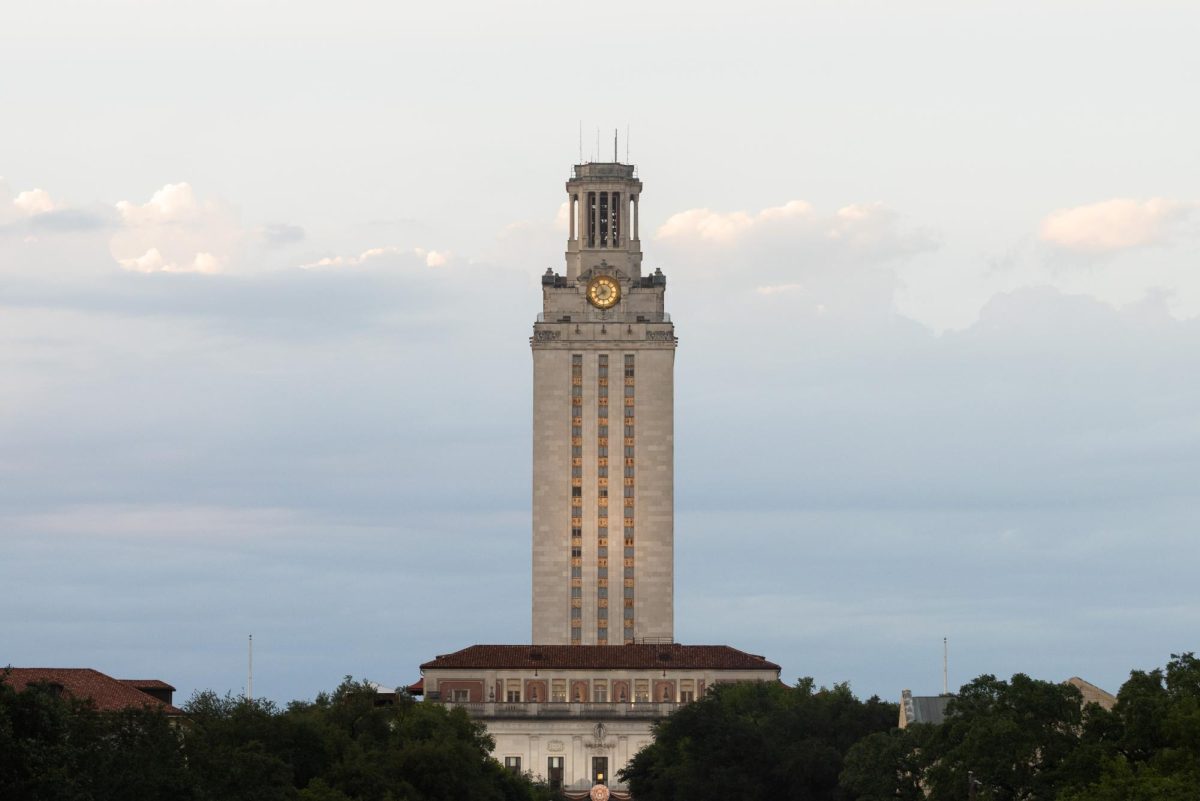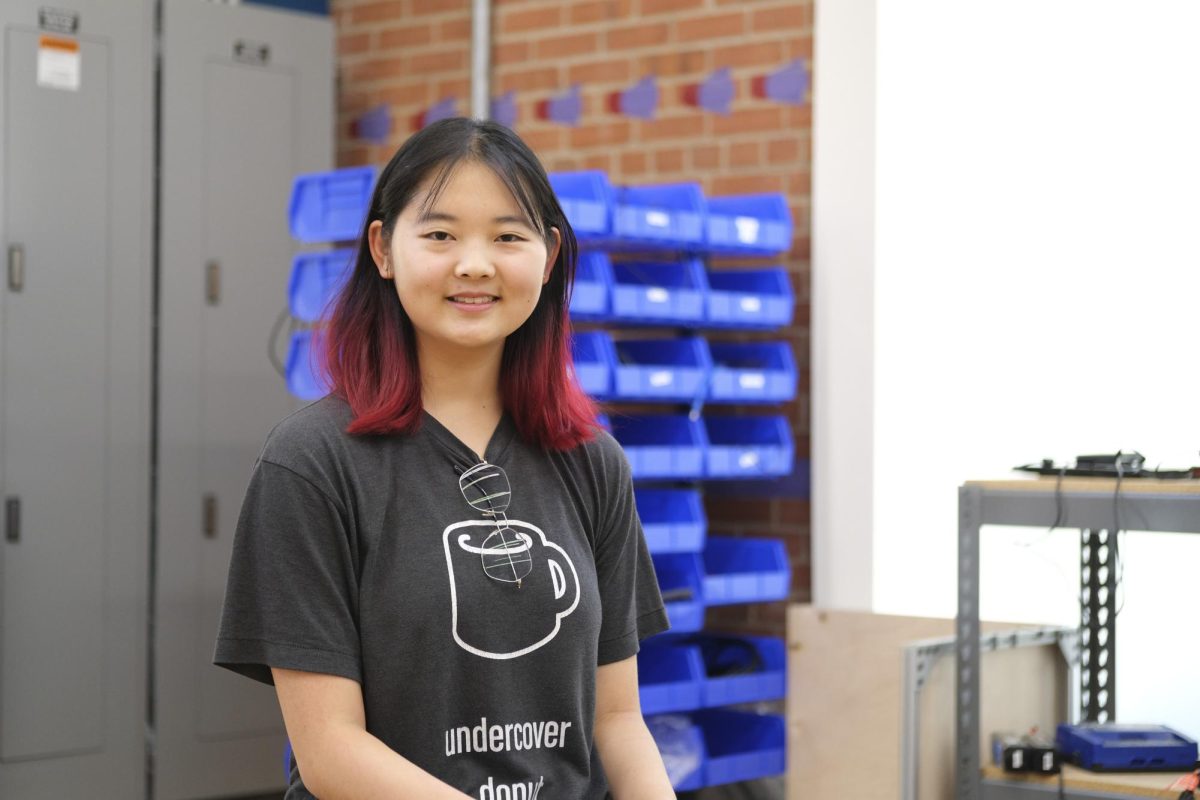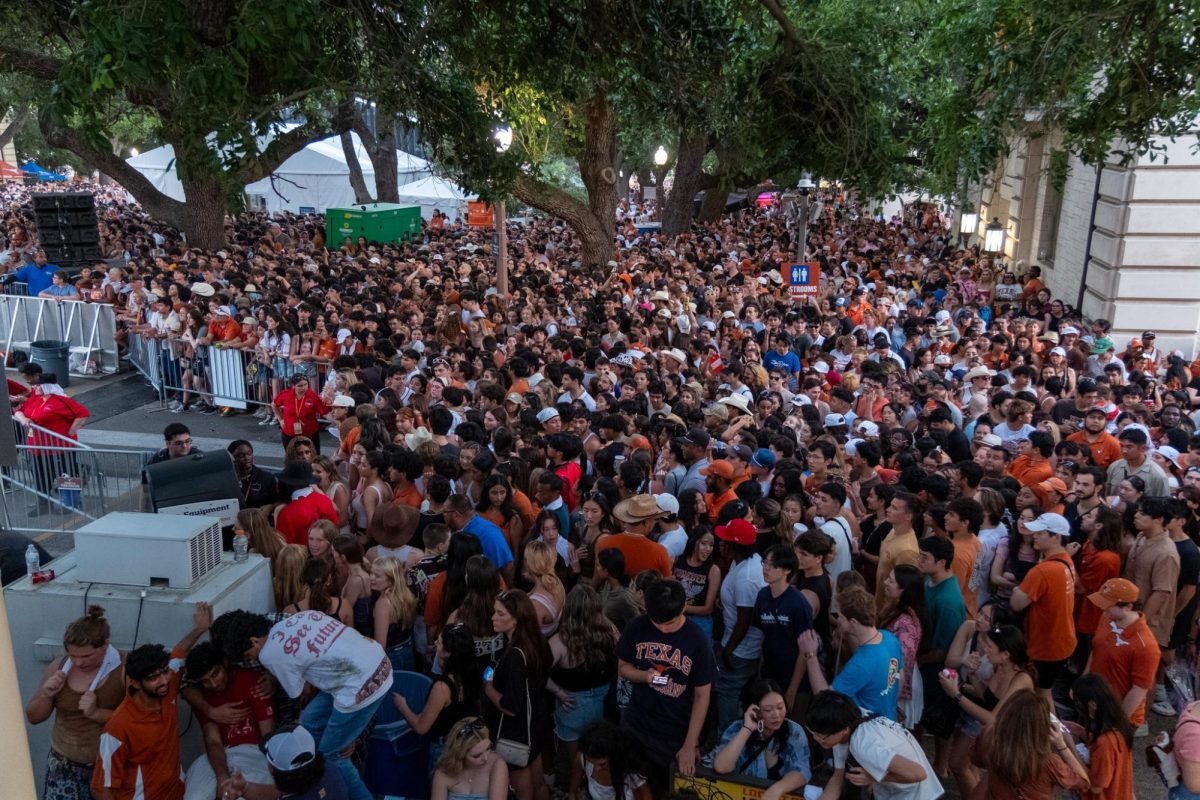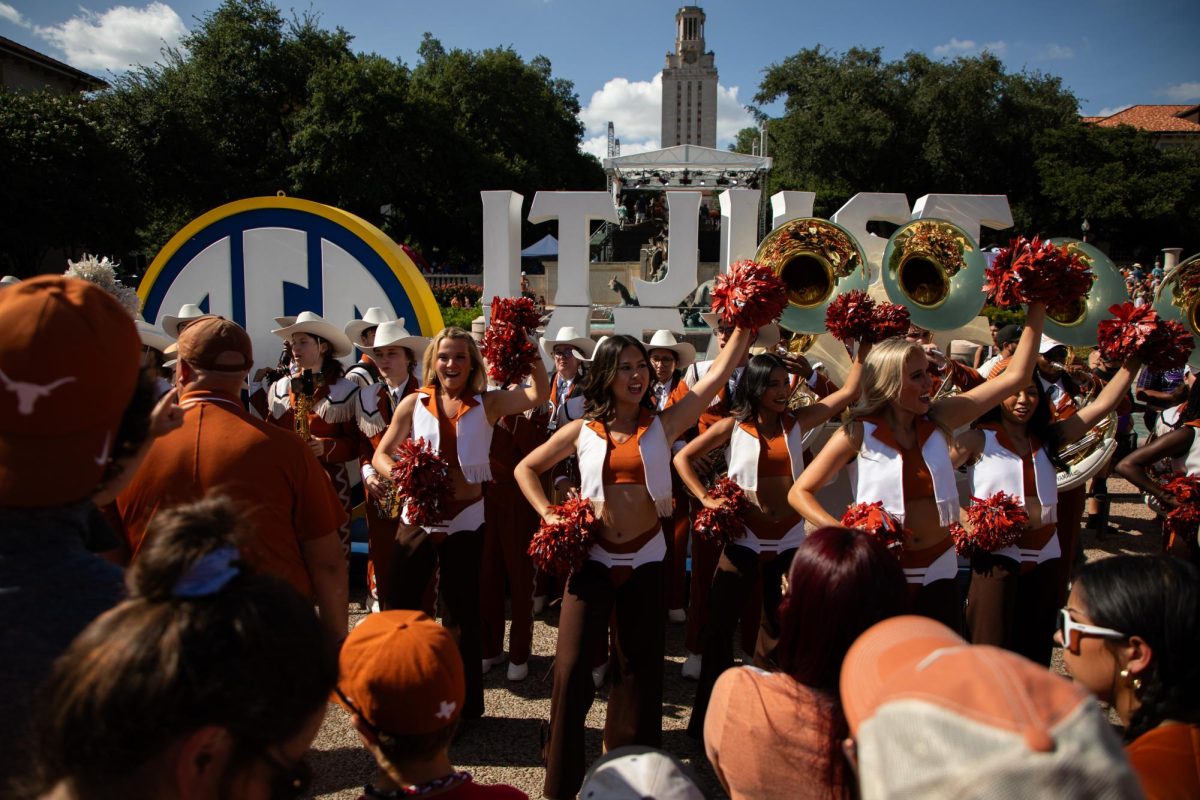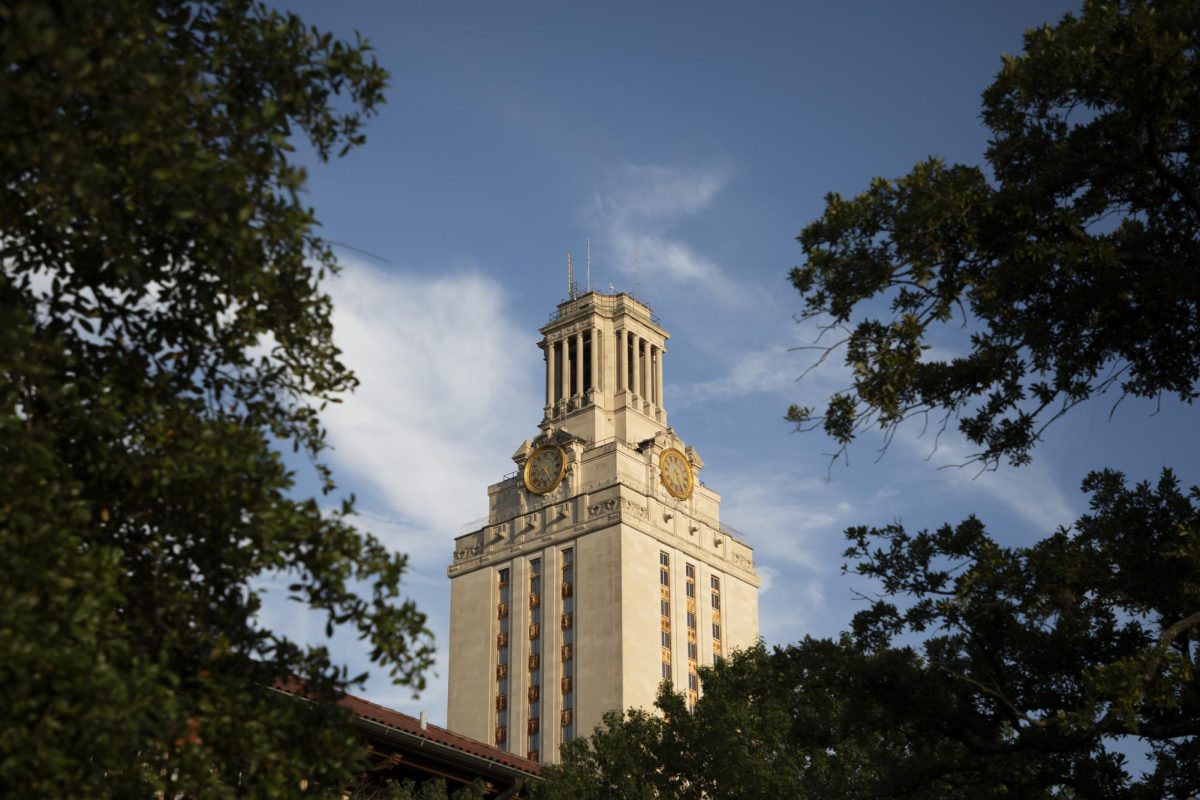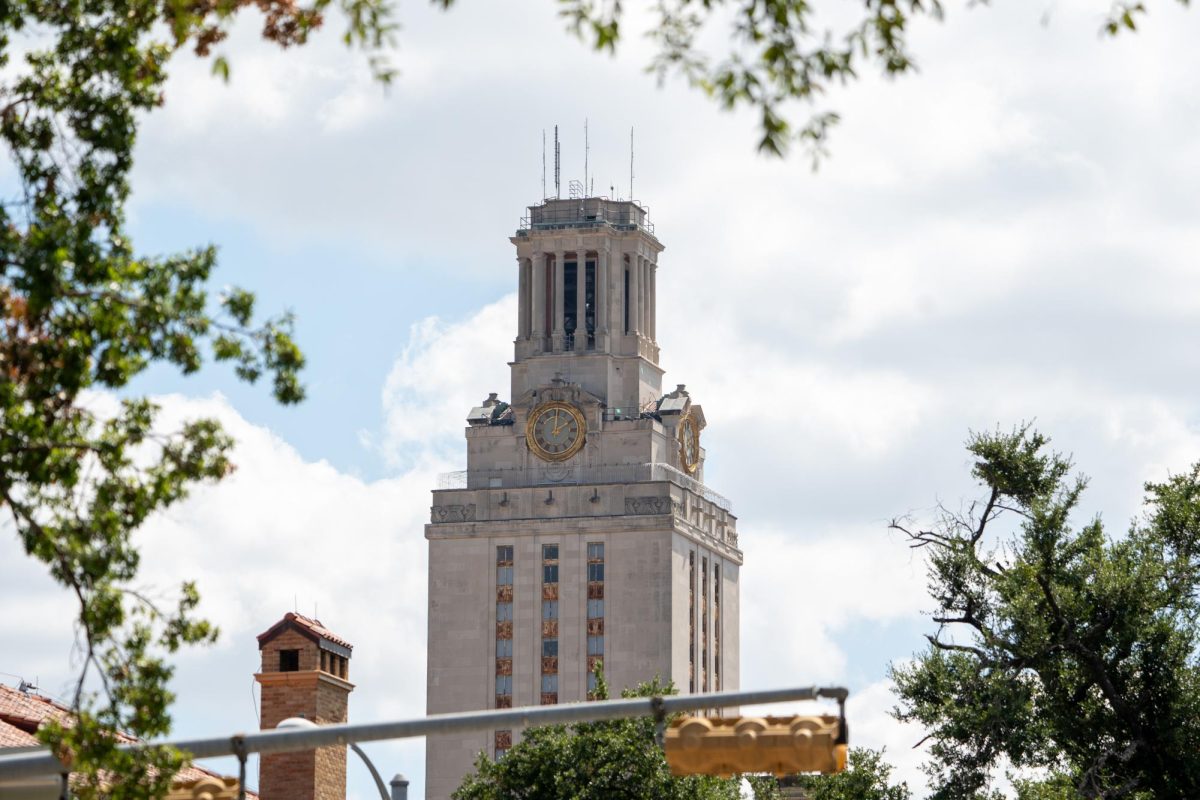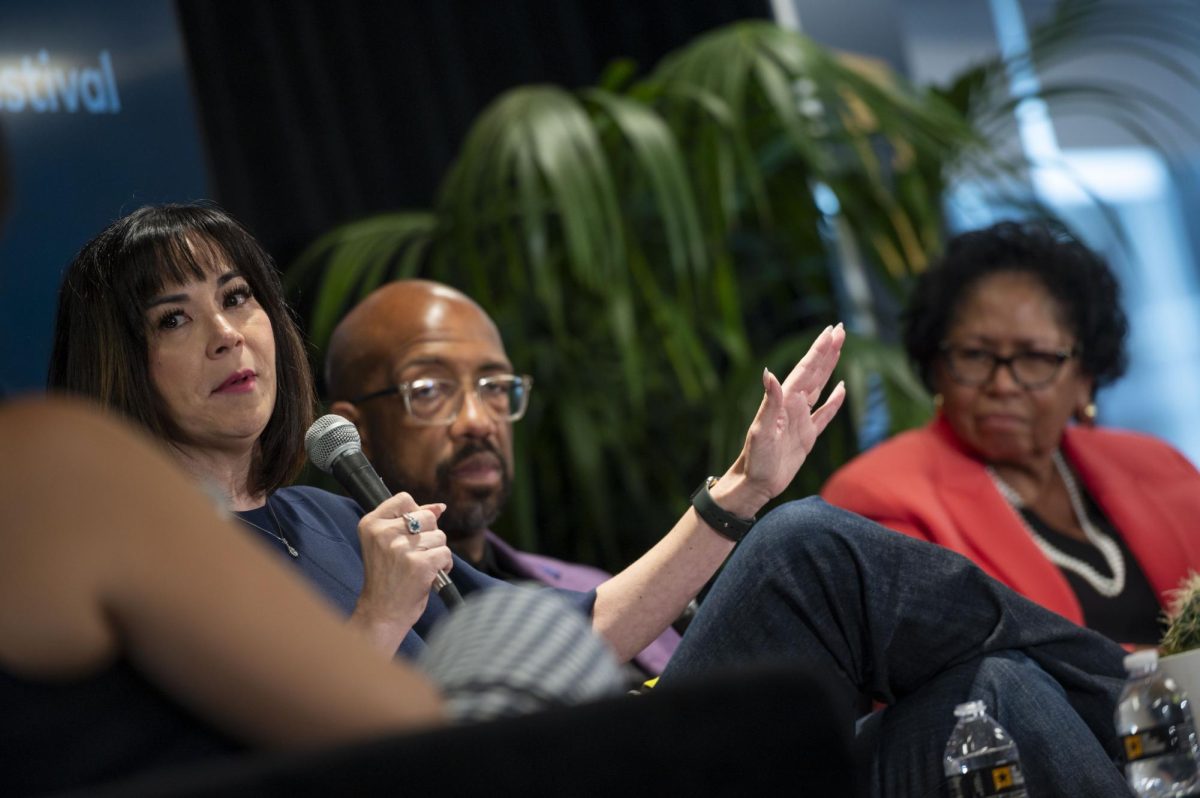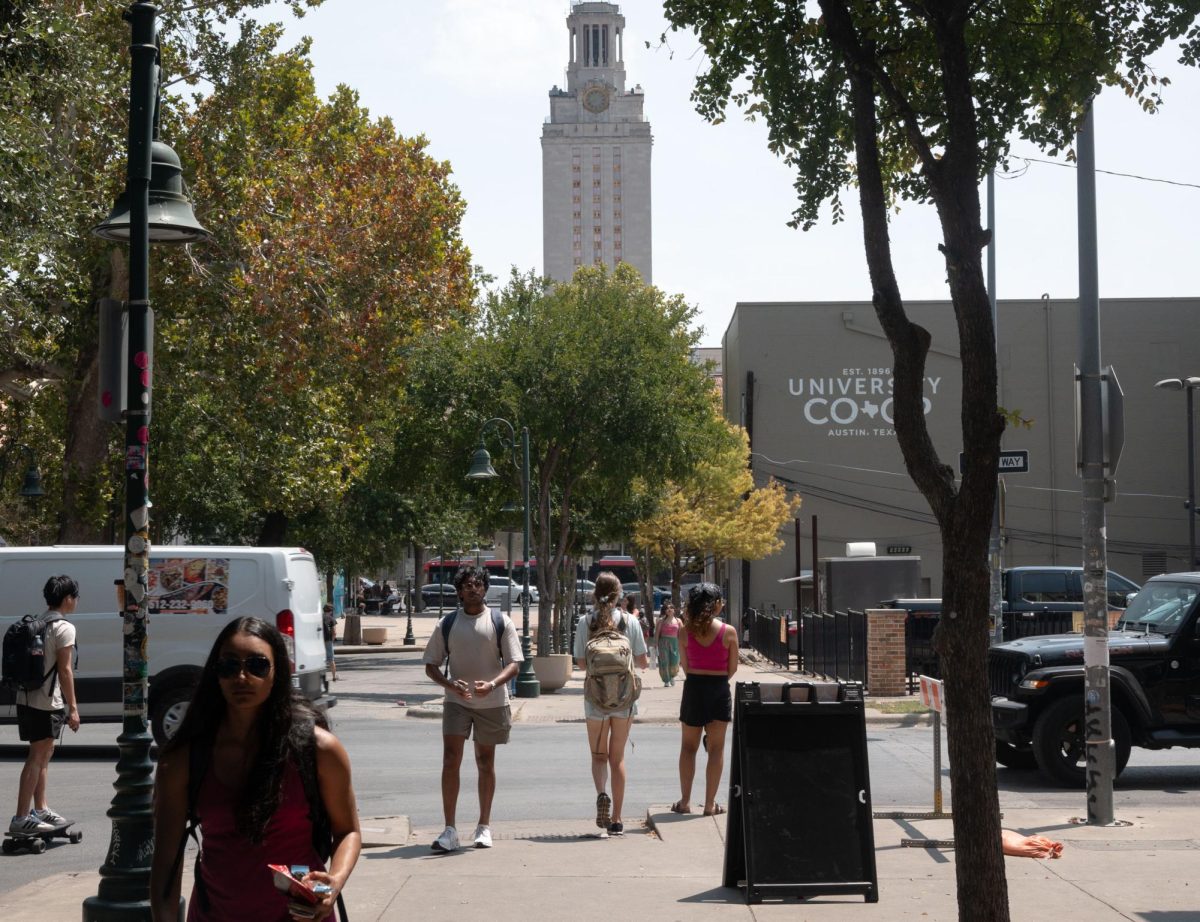After analyzing broken glass at a testing lab, the UT System has determined nickel sulfide inclusion caused two windows in two separate buildings on campus to shatter spontaneously, according to a UT System official.
The windows were made of tempered glass, which is created by quickly heating and cooling glass.This process strengthens the glass, making it less susceptible to breakage caused by impact, but tempering can also cause nickel sulfide inclusion, according to Bob Rawski, director of the UT System Office of Facilities Planning and Construction.
“[Tempering] puts the glass under compressions so it strengthens it in terms of impact, but the problem is that, when it does fail, I mean it really does fail,” said Adam Kennedy, glassblowing technician at the University glass shop.
Tempered glass shatters and crumbles into small beads without sharp edges when it is damaged.
The international building code requires tempered glass in swinging doors and windows adjacent to doors, stairways and many high traffic areas in buildings.
Five windows in total have broken, one in the Belo Center for New Media and four in the College of Liberal Arts building. Only two of the five windows remained intact for the System to conduct testing on, said Rawski.
These buildings used the same glass subcontractor, and the System is still investigating whether there is any connection between the breakages at the two buildings, Rawski said.
The same glass subcontractor was involved in the construction of the Gates Dell Complex, and the System is also investigating the risk of glass breakage there as well, Rawski said.
In the meantime, barricades stand around the Belo Center and the CLA building as a precaution against any other breaking glass.
UT Facilities Services erected barricades and scaffolding around the Belo Center on May 14 and 15 after a pane of laminated tempered glass spontaneously broke in the KUT studio.
Workers placed similar barricades and scaffolding around the CLA building after a fourth pane of glass spontaneously shattered there in March.
The Belo Center and the CLA building are two of the newest buildings on campus. The Belo Center was completed in November 2012 and holds a LEED Silver certification from the U.S. Green Building Council, which developed the LEED certification system to rate design, construction and performance of buildings. The CLA was completed January 2013 and has a LEED Gold certification, exceeding its goal of a silver certification. Both buildings maximize natural lighting through glass curtain walls around their exteriors.
According to Rawski, breakage in eight out of 1000 panes is not uncommon, although he said he has never seen anything like this in his 30-year career.
“We’re not going to do it based upon numbers,” Rawski said. “We’re going to make sure we investigate it thoroughly, and we are assessing the risk and protecting folks if there is any risk of something to come down and injure someone.”
Moving forward, Rawski said the University will use heat strengthened glass where tempered glass is not required. Heat strengthened glass isn’t as strong as tempered glass, but it isn’t susceptible to spontaneous breakages that nickel sulfide inclusion causes.
Where tempered glass is required, Rawski said the University will use laminated tempered glass, the strongest type of glass.
“We actually have done an assessment on the projects we have underway, and we are doing a real-time, just-in-time intervention on those as well,” Rawski said.
The barricades at the Belo Center and the CLA building will remain standing until further recommendations regarding future breakage can be evaluated, according to Rhonda Weldon, University Operations director of communications.




